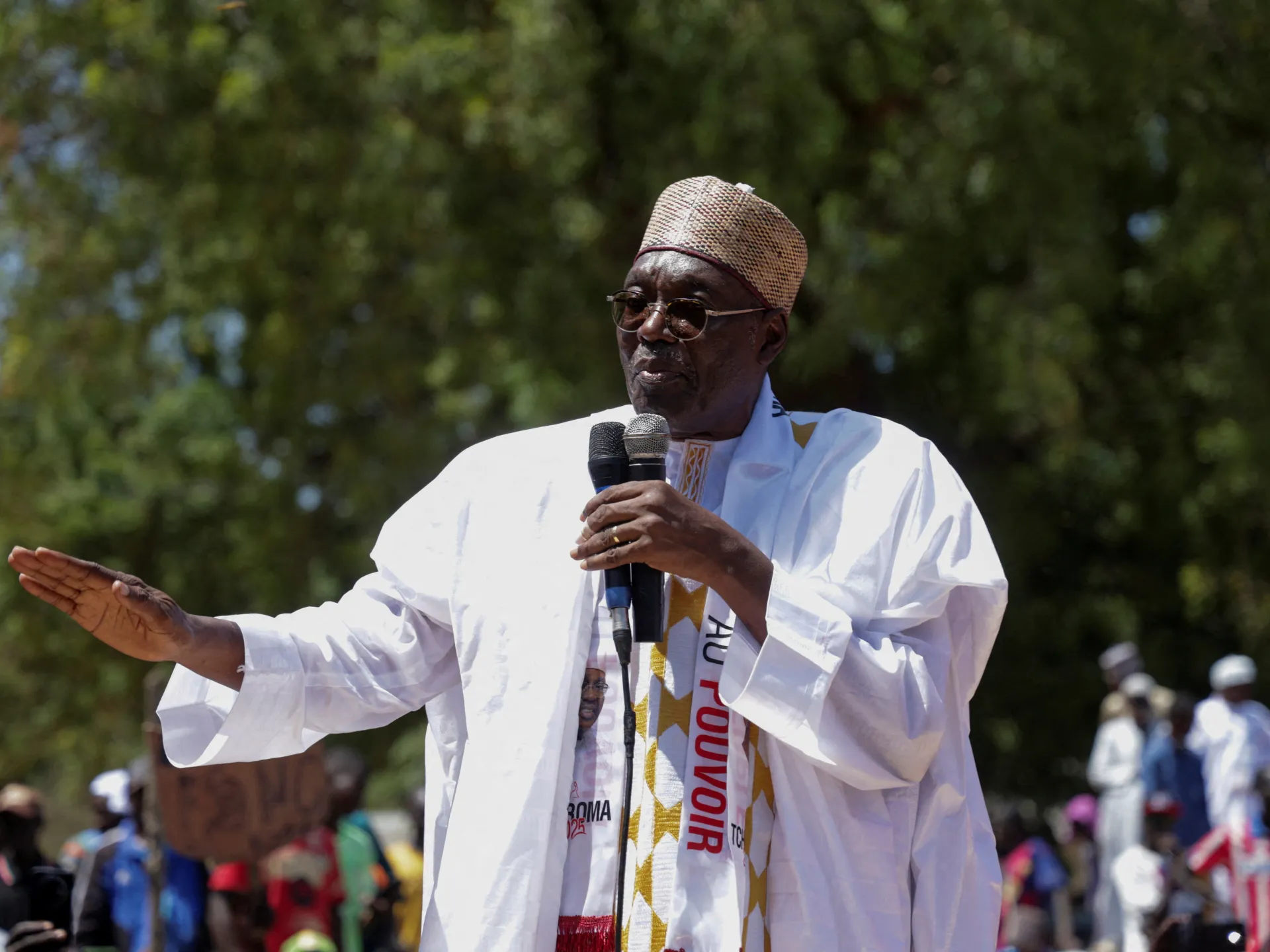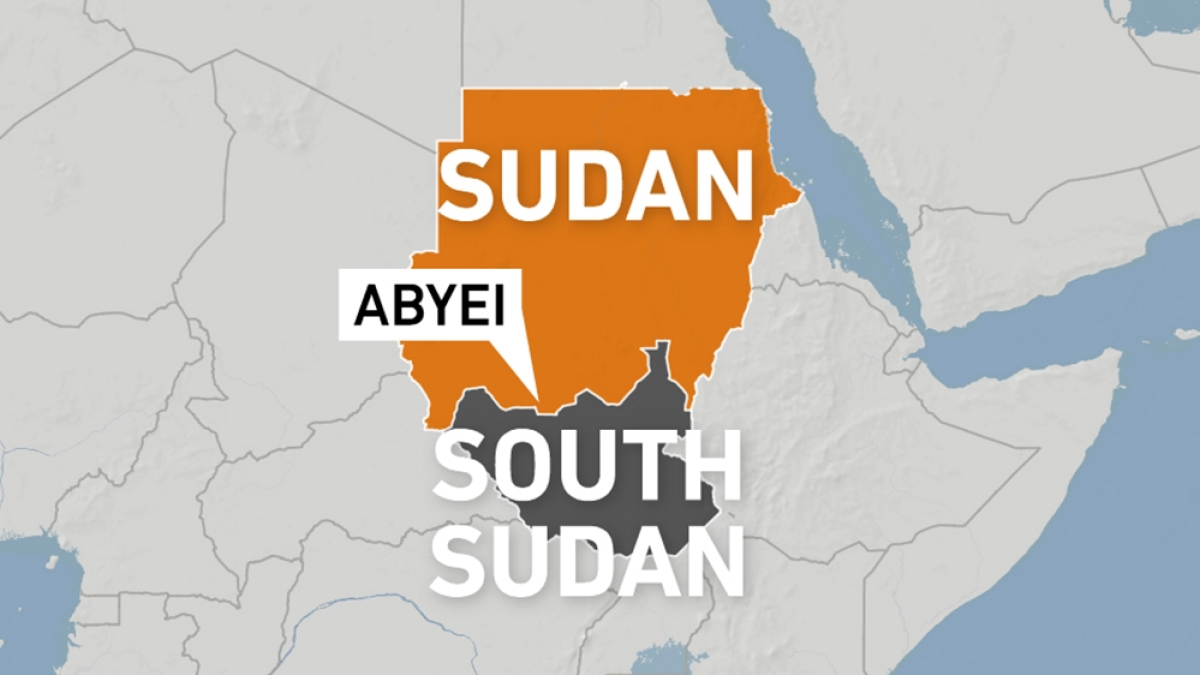Cameroon opposition leader flees to Gambia for ‘safety’ after disputed vote | Elections News
The Gambia hosts Issa Tchiroma Bakary after Paul Biya, Cameroon’s leader for 43 years, wins yet another election.
Published On 23 Nov 2025
Cameroon’s opposition leader Issa Tchiroma Bakary has fled to The Gambia “for the purpose of ensuring his safety” in the wake of the recent presidential election that returned longtime ruler Paul Biya to power amid deadly protests.
The Gambian government confirmed in a statement on Sunday that it was hosting Tchiroma “temporarily” in the country on “humanitarian grounds” while pursuing a “peaceful and diplomatic resolution” to post-electoral tensions in Cameroon.
Recommended Stories
list of 4 itemsend of list
The statement, posted on the Facebook page of the office of Gambian President Adama Barrow, said The Gambia was working with regional partners like Nigeria to “support a peaceful and negotiated outcome” following October’s disputed election.
Official election results showed 92-year-old Biya, the world’s oldest head of state, secured his eighth term in office with 53.7 percent of the vote, against 35.2 percent for Tchiroma, a former government minister leading the Cameroon National Salvation Front.
But Tchiroma, who claimed vote tampering, stated he was the election’s real winner. “This is not democracy, it is electoral theft, a constitutional coup as blatant as it is shameful,” he said at the time.
The opposition leader repeatedly urged supporters to protest against the official election outcome, urging them to stage “dead city” operations by closing shops and halting other public activities.
The Cameroonian government has confirmed that at least five people were killed during the protests, although the opposition and civil society groups claim the figures are much higher.
The government has said it plans to initiate legal proceedings against Tchiroma for his “repeated calls for insurrection.”
Biya came to power in 1982 following the resignation of Cameroon’s first president and has ruled since, following a 2008 constitutional amendment that abolished term limits.
He has ruled the country with an iron fist, repressing all political opposition.

